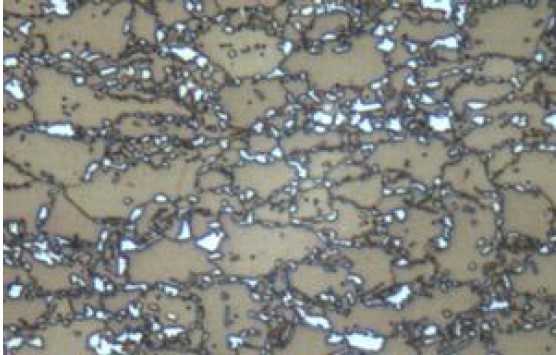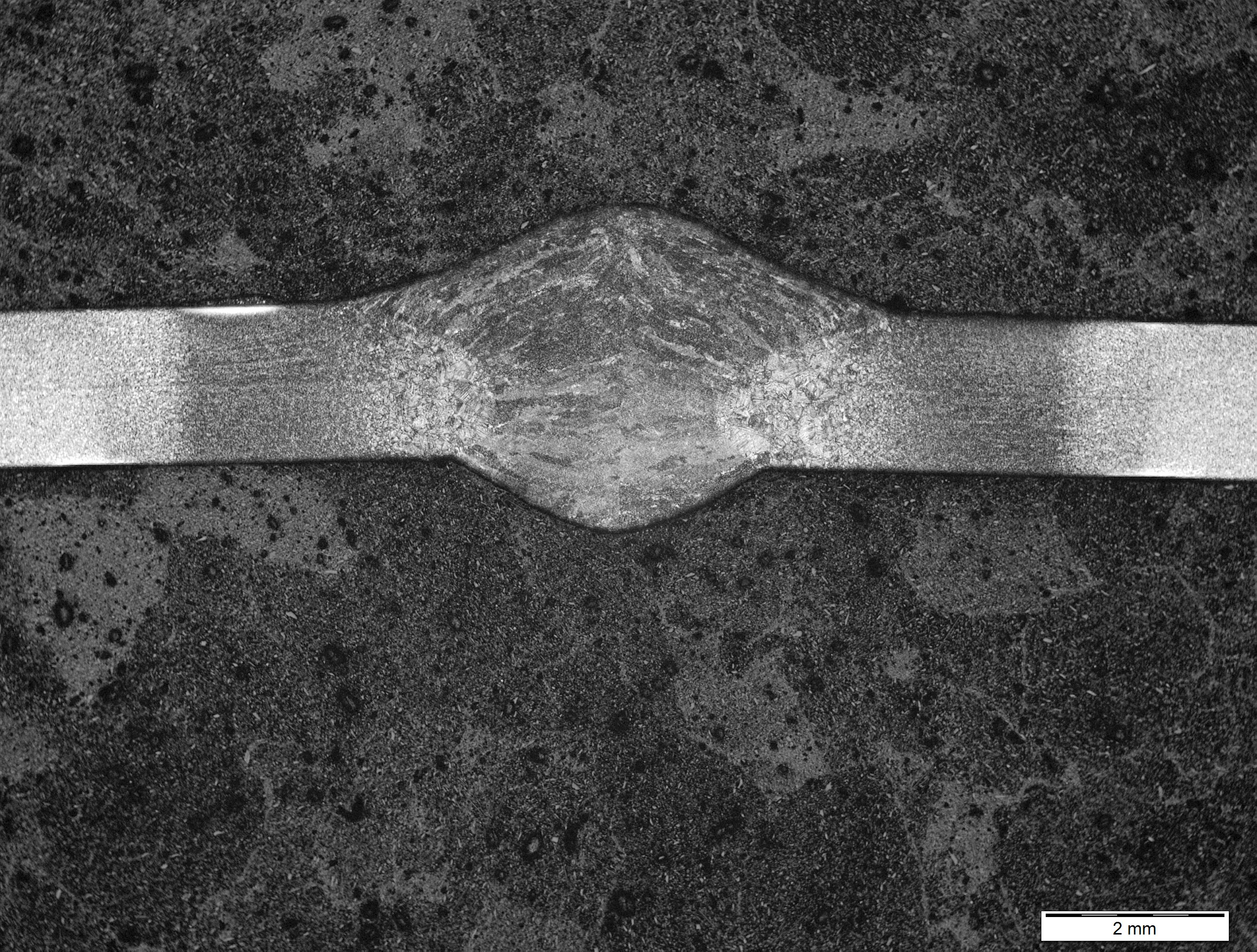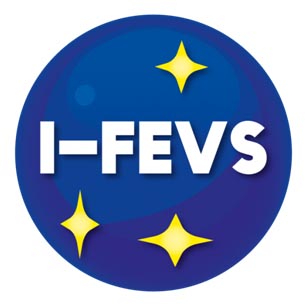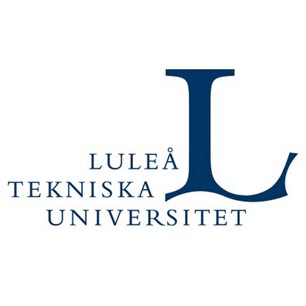Steel S4EV: Steel solutions for Safe and Smart Structures of Electric Vehicles
STEEL S4 EV will contribute to the utilisation of steel by researching and developing an innovative high strength steel chassis for electric vehicles. This must comply with structural and safety requirements and will become the backbone for the design of a new generation of electric vehicles (3 or 4 wheelers), that will demonstrate safe lightweight performance combined with optimised LCA indicators. By addressing low-investment manufacturing with a flexible and agile structure, STEEL S4 EV aims at making the light electric vehicle segment a strong and European owned market, making it successful thanks to a cost-driven approach.

Electric vehicles for urban transport (Source: IFEVS)
Project goals
The aim in STEEL S4 EV is to determine the most appropriate joining and manufacturing technologies to assure a long-term fatigue resistance under heavy load and to demonstrate novel manufacturing technologies that will put European manufacturers for quality, safety and manufacturing costs well ahead of Asian, Chinese and Indian competitors.
For this purpose, the consortium is composed of partners that have pioneered in the design and development of technologies for low-cost manufacturing of safe and fatigue-resistant structures for four wheel urban electric vehicles, made by a mix of advanced high strength dual phase steels in tubular form.
The project objectives are situated in the following fields:
- Design of a “skeleton-frame” chassis, that consists of a combination of tubes made of Advanced High Strength Steels, such as the Dual Phase steels DP600 to DP1500. This will allow using tubular components with the desired mechanical properties at the right location.
- Optimisation of the process parameters of several advanced welding technologies, to assure robust static and dynamic weld properties, for joining similar dual phase steels but also combinations of those materials.
- Create new vehicle concepts with enhanced safety behaviour considering not only the protection of the occupants but also minimizing the damage of vulnerable road users.
- Low investment manufacturing of highly complex 3D skeleton-frames by applying programmed laser cuts, which will allow high-accuracy multi-directional bending of tubes through simple steps and without the need of expensive templates or complex procedures of alignment.
- Improve the foot print of the vehicle through novel manufacturing concepts, industry 4.0 concepts application and light weighting of the steel vehicle structure.
Project description
Laser cutting of tube profiles
The frame is cleverly designed using pleated and laser-cut tubes that are welded together. For this they want to use high-strength steel. The stability of the car is completely taken from the tubular frame, which in itself is very stiff.
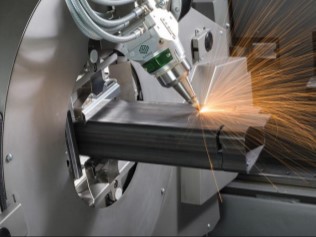
Laser cutting of tubes
Laser cutting and fitting of the tubes avoids the use of expensive calibers and enables fast and accurate assembly.
Use of high-strength steel
The aim is to develop a very light but extremely strong and rigid frame by applying advanced high-strength steel. Due to the requirements for crash and fatigue resistance, deformability and ductility of the material is also expected. Safe and lightweight design will be combined with an optimal LCA (life cycle analysis). After all, recyclability is an important theme in the design. Within the project, further efforts are being made to achieve weldability and a low production cost.
The frame is made on the basis of high-strength tubes. This development uses Dual Phase (DP) samples. These are innovative materials in which the steel obtains its properties through a unique structure built up of two phases. There is a ferrite matrix with martensite islands embedded in it (see figure).
DP600 (Source: Arcelor Mittal)
The ferrite ensures the ductile properties of the material and its good formability, thanks to the martensite the material gets its high strength. There are DP samples in different strengths, depending on the proportion of martensite in the structure.

Properties of DP steels
These samples are already used for automotive parts. Due to the high mechanical properties it is possible to use parts with a lower thickness. This results in a significant weight saving. Due to their excellent mechanical properties, the materials also have a high fatigue resistance. Further research on the fatigue resistance of welded parts is included in the research project. Due to the high tensile strength of the material, DP steels are ideal for parts that need to absorb energy during impact. For example, they can be found in the passenger cage of passenger cars.
Unlike other high-strength steels such as HSLA steels, the mechanical and chemical properties of DP steels are very different depending on the manufacturer. The same parameters for deformation or welding cannot simply be applied to the same DP material from another supplier.
Results
Welding of Dual Phase steels
It is the task of LTU and BIL to optimize the welds of these pipe structures and to investigate the welds. Both static and dynamic properties are important here.
Due to the low carbon equivalent and the low content of alloying elements, these steels are in principle easy to weld. The risk of cold or hot cracking is small.
MAG weld of DP800, thickness 1.8 mm (Source: BWI)
When welding these steels, however, this structure is largely lost, as a result of which the properties change at the level of the weld. Softening occurs in the heat-affected zone. As a result, the strength properties are negatively influenced. BWI will further investigate the mechanisms of this phenomenon.
Softening in the heat-affected zone due to the welding of Docol DP1000 (Source: SSAB)
When welding with a low heat input, the strength of the weld is higher than when welding with a higher heat input. The heat input can be influenced via several parameters; the welding voltage, welding current and welding speed.
Because the heat input plays an important role in influencing the properties of the realized welds, the new variants of MIG / MAG welds, such as CMT (Cold Metal Transfer) and also MIG brazing will be used. CMT welding is a variant of MIG / MAG welding with low heat input and low spatter formation. With MIG brazing, welding is done with a CuSi wire, which creates a solder connection with little influence on heat, but also with low strength.
Welding robot for CMT welding of DP samples at the Belgian Welding Institute
Welding is in principle done with a filler material of equal strength to that of the base material. Welding tests on these materials are currently being carried out at the Belgian Institute for Welding Technology. Weld tests are performed with sheet and tube material in DP 800 and DP 1000 with material thicknesses up to 2 mm. A parameter optimization will be carried out with a view to preserving the material properties.
The fatigue resistance and fracture characteristics under dynamic loading of welded parts are currently being further investigated.
Downloads
European research group
The research partners are:
- Cidaut (Spain) is a research center in the themes of energy and transport, they also perform crash tests of passenger vehicles.
- Belgian Institute for Welding Technology: research of MIG / MAG welding and testing of welded joints.
- Luleå University of Technology (LTU, Sweden): Research Center for Laser Applications.
- IFEVS (Italy): develops small electric vehicles for urban traffic.
- Thinkstep (Germany): is a research agency specializing in Life Cycle Assessment (LCA).
- Magnetto Automotive (Italy) is a supplier of parts for the automotive industry.
Financial support
The project leading to this application has received funding from the Research Fund for Coal and Steel under grant agreement No 800726

